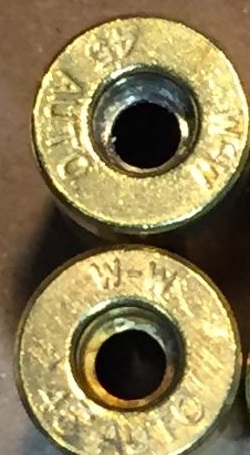your flash holes?
Never done it myself till now.
I did a side by side test yesterday. .223 hand loads exactly the same but half were not reamed. The unreamed were 1/2 MOA. The others I didn’t even measure they were so terrible. I really don’t know what to say. I’ll have to try it again.
Never done it myself till now.
I did a side by side test yesterday. .223 hand loads exactly the same but half were not reamed. The unreamed were 1/2 MOA. The others I didn’t even measure they were so terrible. I really don’t know what to say. I’ll have to try it again.

